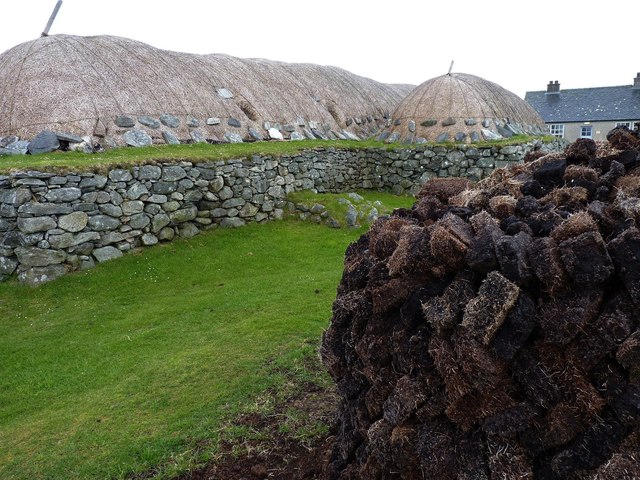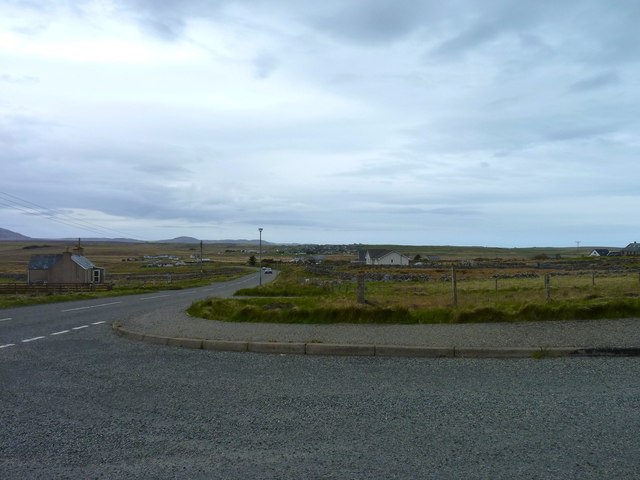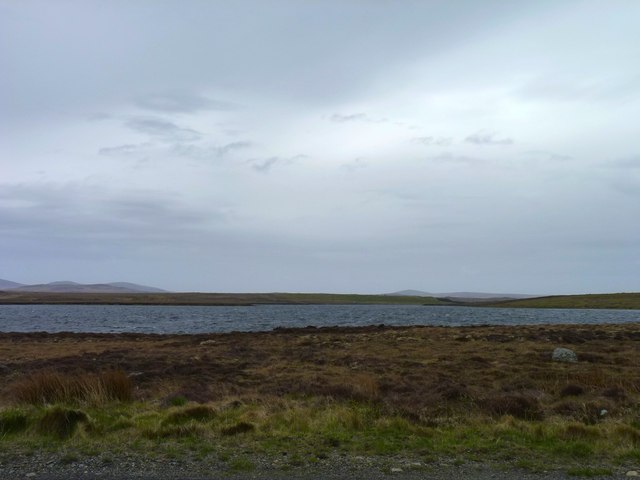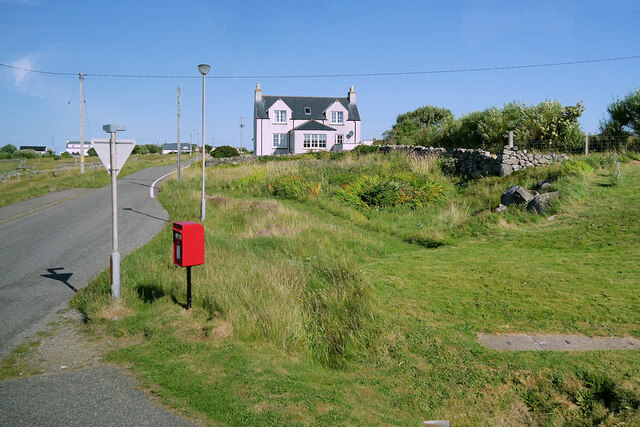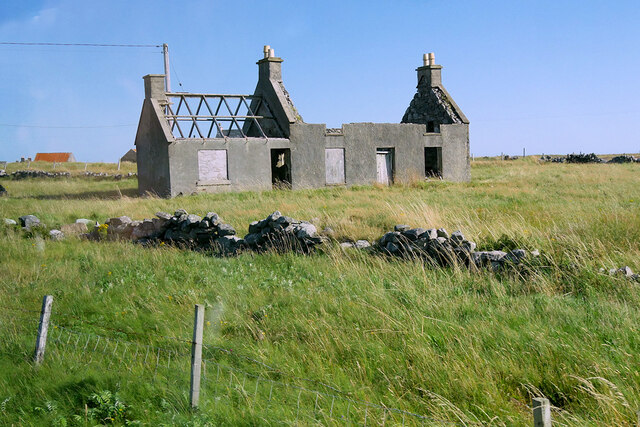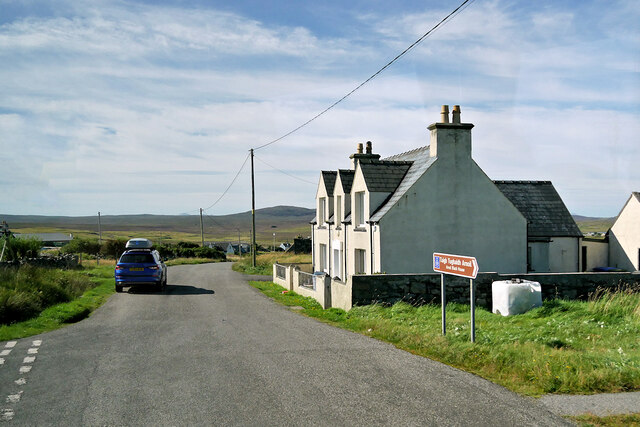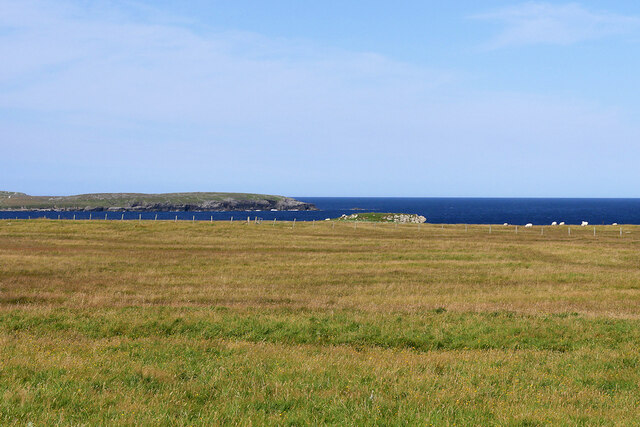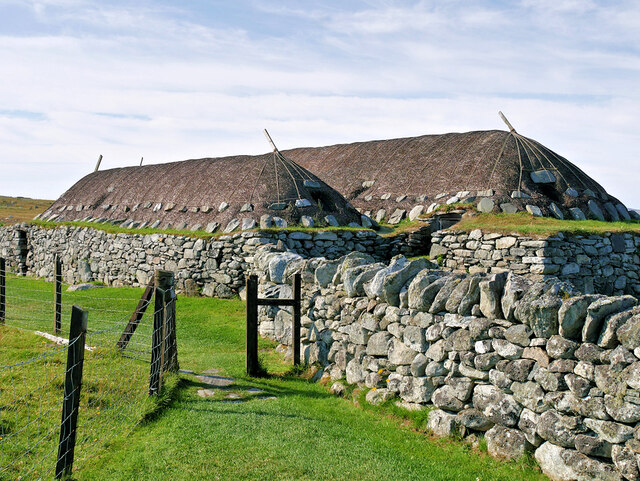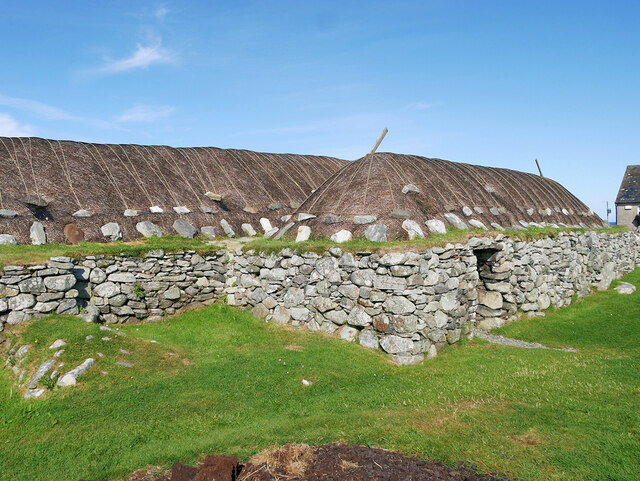Arnol
Settlement in Ross-shire
Scotland
Arnol
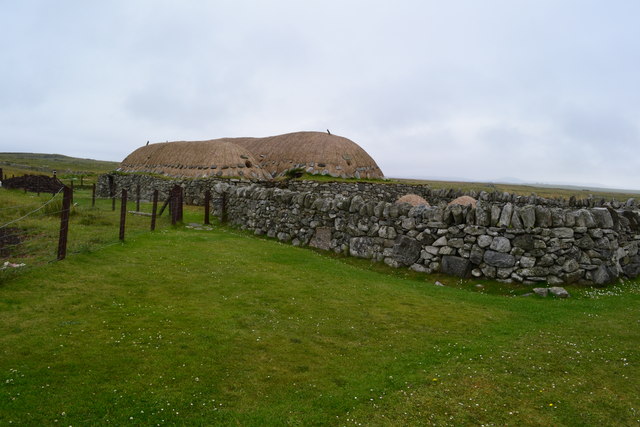
Arnol is a small village located in the county of Ross-shire, in the Highland region of Scotland. Situated on the northwest coast of the Isle of Lewis, it is part of the Outer Hebrides archipelago. The village is surrounded by stunning landscapes, including vast moorlands, rugged hills, and breathtaking seascapes.
Although Arnol is a relatively small settlement, it boasts a rich history and cultural heritage. One of the notable attractions in the village is the Arnol Blackhouse, a traditional thatched cottage that has been preserved as a museum. This blackhouse provides a fascinating insight into the way of life and living conditions of the local crofters in the 19th and early 20th centuries.
The village itself offers a peaceful and serene environment, with a close-knit community that welcomes visitors with warmth and friendliness. There are a few amenities available, including a local shop and a community hall. The picturesque coastline is a popular spot for fishing, walks, and birdwatching, with a variety of seabirds and marine life to be observed.
For those looking to explore the wider area, Arnol serves as an excellent base for discovering the natural wonders of the Isle of Lewis. Nearby attractions include the famous Callanish Standing Stones, the stunning white sandy beaches of Uig, and the dramatic cliffs of the Butt of Lewis. The village is also within reach of the main town of Stornoway, where visitors can find a wider range of amenities, including restaurants, shops, and accommodations.
Overall, Arnol is a charming village that offers visitors a glimpse into the past while surrounded by the beauty of the Scottish Highlands and the rugged coastline of the Outer Hebrides.
If you have any feedback on the listing, please let us know in the comments section below.
Arnol Images
Images are sourced within 2km of 58.343269/-6.59653 or Grid Reference NB3148. Thanks to Geograph Open Source API. All images are credited.
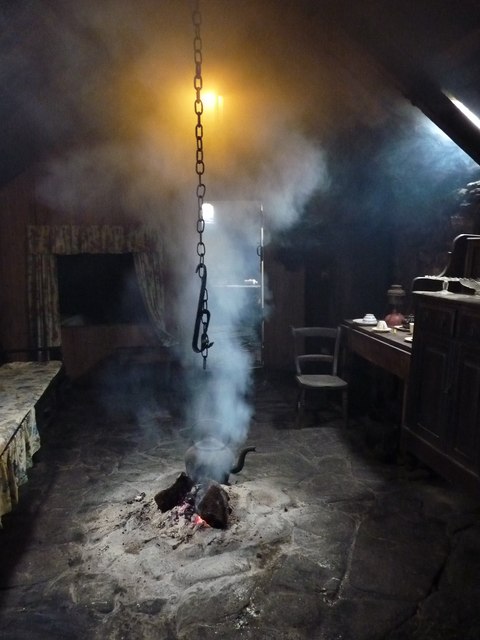
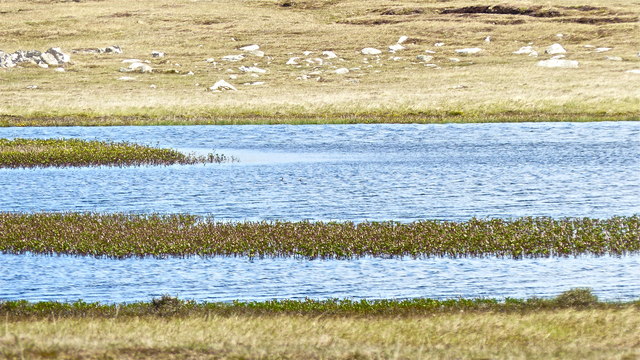


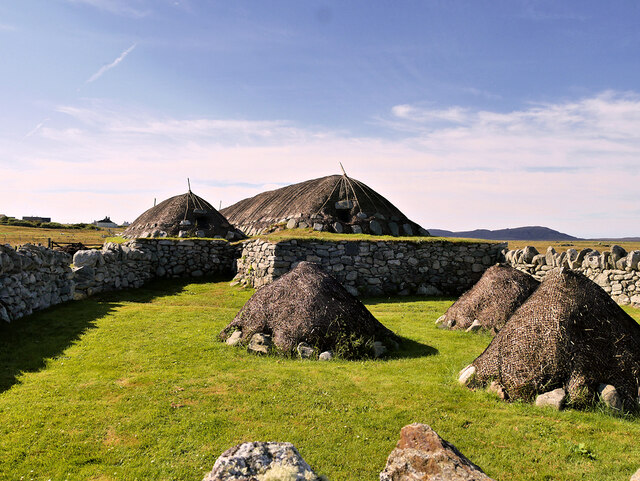
Arnol is located at Grid Ref: NB3148 (Lat: 58.343269, Lng: -6.59653)
Unitary Authority: Na h-Eileanan an Iar
Police Authority: Highlands and Islands
What 3 Words
///slimming.tolerates.curable. Near Carloway, Na h-Eileanan Siar
Nearby Locations
Related Wikis
Arnol
Arnol (Scottish Gaelic: Àrnol) is a small village typical of many settlements of the west coast of the Isle of Lewis, in the Outer Hebrides, Scotland....
Bragar
Bragar (Scottish Gaelic: Bràgar, pronounced [braːgər]) is a village on the west side of the Isle of Lewis in the Outer Hebrides, Scotland, 14 miles (23...
Brue
Brue (Scottish Gaelic: Brù) is a village on the Isle of Lewis in the West Side district, in the Outer Hebrides, Scotland. It is a crofting township and...
Mullen Bridge
Mullen Bridge is an old bridge crossing the Royal Canal in Maynooth in County Kildare, Ireland. It was built between 1790 and 1800.The bridge used to carry...
Nearby Amenities
Located within 500m of 58.343269,-6.59653Have you been to Arnol?
Leave your review of Arnol below (or comments, questions and feedback).
